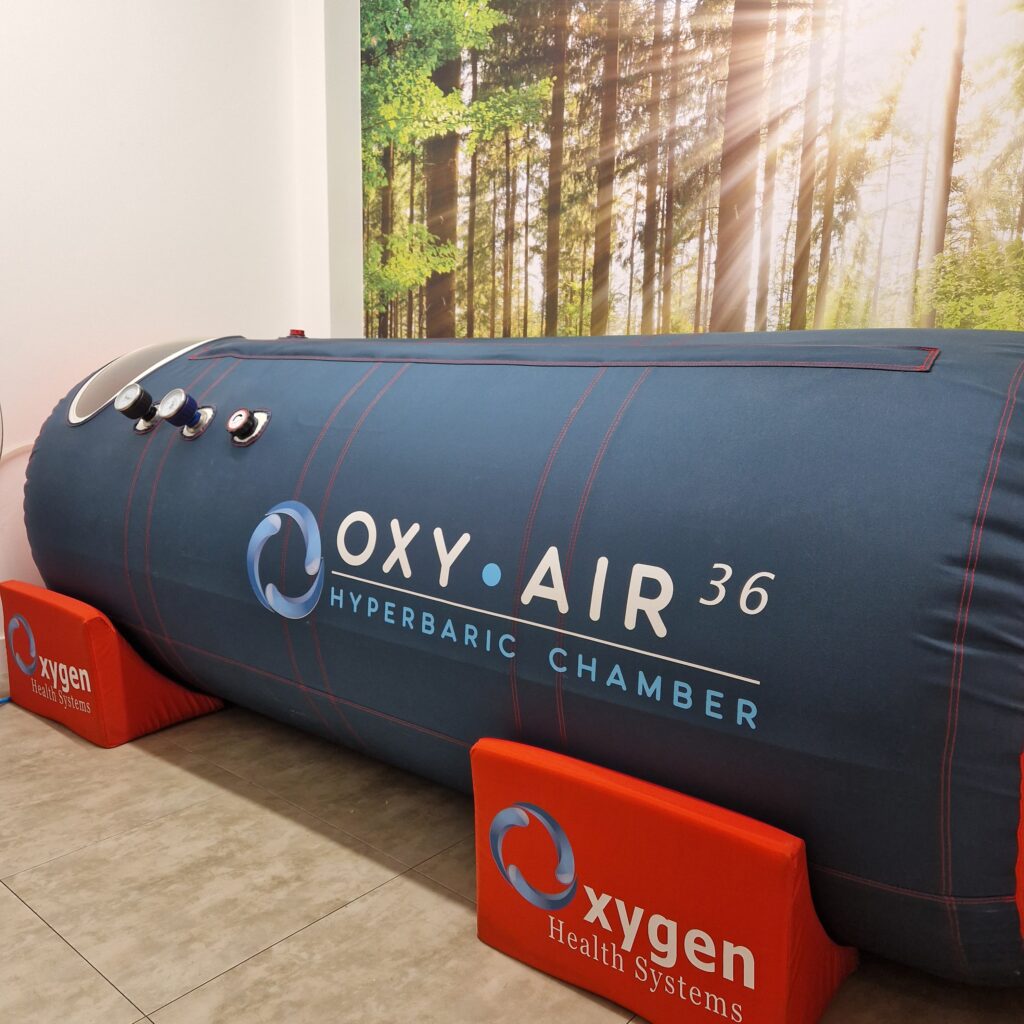Manual LAbour: HOw to protect your body from Injury
Injuries not only cause physical pain and discomfort but can also lead to time off work, decreased productivity, and financial burdens. By prioritising health and safety, manual labourers can minimise the likelihood of accidents and injuries, ensuring their ability to continue working and supporting themselves and their families.
WHat is Manual Labour?
Manual labour refers to physical work performed by individuals using their hands, tools, or machinery, without the aid of automation or technology. It encompasses a wide range of tasks across various industries, such as construction, agriculture, manufacturing, and maintenance.
Manual labour often involves repetitive actions, heavy lifting and working in challenging conditions. It requires physical strength, endurance, and skill to perform tasks efficiently and effectively. Despite advancements in technology, manual labour remains essential in many sectors, contributing to the development and maintenance of infrastructure, production of goods and provision of services. It plays a crucial role in the economy and society as a whole.

Maintaining good health and preventing injuries can have long-term benefits. It can contribute to a higher quality of life, improved job satisfaction and increased longevity in the workforce. By investing in personal well-being, manual labourers can enjoy a fulfilling and sustainable career.
Statistics on workplace injuries
Manual labourers face higher risk of injury than those in less physically demanding jobs. According to the GB Labour Force Survey, 21% of work based injuries are caused by lifting, carrying or moving. This, on top of confined spaces and awkward body positions, make the lower back one of the most common areas affected. However, there are increasing numbers of hip, shoulder and knee injuries as a result of physical labour.
· A study taken out by The IPG shows that knee injuries affect 75% of plumbers which worsens after 30+ years in the field, forcing many into early retirement.
· Building construction workers are found to have developed a higher prevalence of musculoskeletal problems in legs and feet than other workers.
· Many manual labour jobs that include lifting above shoulder height can result in workers suffering with shoulder dislocations and other muscular injuries within the joint such as tendinitis. Studies have shown manual workers are at higher risk of suffering with rotator cuff syndrome when compared to non-manual workers.
The best fuel for the job...

Nutrition plays a vital role in physical labour and recovery. Manual labour is physically demanding, requiring energy, strength, and endurance. Proper nutrition provides the necessary fuel and nutrients to support these demands and promote optimal performance and recovery.
Firstly, adequate energy intake is crucial for manual labourers. Physical labour requires a significant amount of energy expenditure. Consuming enough calories from a balanced diet ensures that the body has the fuel it needs to sustain prolonged physical activity. Carbohydrates, in particular, are a primary source of energy and should be included in the diet to provide readily available fuel for the muscles.
Secondly, protein is essential for muscle repair and growth. Manual labour often involves repetitive movements and heavy lifting, which can cause muscle damage. Consuming enough protein helps repair and rebuild damaged muscle tissue, promoting recovery and preventing muscle breakdown. Including lean sources of protein such as poultry, fish, beans, and tofu in the diet is important for manual labourers.
Additionally, proper hydration is crucial for physical labour and recovery. Dehydration can lead to decreased performance, fatigue, and increased risk of injuries. Manual labourers should drink enough water throughout the day to maintain optimal hydration levels. Electrolytes, such as sodium and potassium, are also important for maintaining fluid balance and preventing muscle cramps.
Furthermore, a diet rich in vitamins and minerals is essential for overall health and well-being. Nutrients like vitamin C, vitamin E, and zinc play a role in supporting the immune system, which is important for manual labourers who may be exposed to various environmental factors. Calcium and vitamin D are necessary for maintaining strong bones and preventing fractures, which can be common in physically demanding work.
The Importance of REcovery
Adequate recovery is of paramount importance for manual labourers due to the physical demands and strain placed on their bodies during work. Manual labour often involves repetitive motions, heavy lifting, and prolonged periods of physical exertion. Without proper recovery, the body can become fatigued, leading to decreased performance, increased risk of injuries, and long-term health issues.
Recovery allows the body to repair and rebuild itself after strenuous activity. It helps to restore energy levels, reduce muscle soreness, and prevent overuse injuries. Manual labourers who prioritise recovery are more likely to experience improved physical well-being, increased strength, and enhanced endurance.
Rest is a crucial component of recovery. Getting enough sleep allows the body to repair damaged tissues, regulate hormone levels, and restore energy levels. It is recommended that manual labourers aim for 7-9 hours of quality sleep each night to support optimal recovery.
Engaging in active recovery strategies, such as stretching, foam rolling, and low-intensity exercises, can help improve blood circulation, reduce muscle stiffness, and promote faster recovery. Taking regular breaks during work shifts and incorporating rest days into the schedule allows the body to recover and prevent overexertion.


Another way to seek recovery is through different therapies. Here, at Summit, we offer sports massage to reduce muscle tension, promote blood circulation and reduce build up of waste products like lactic acid. Furthermore, in our Chorley clinic, we offer hyperbaric oxygen therapy which consists of a soft-shell chamber that increases the delivery of pure oxygen. This allows your lungs to gather much more oxygen than usually possible under normal atmospheric circumstances. The increase of oxygen enables reduction in inflammation and pain, stimulates the formation of new blood cells, faster recovery, as well as supporting the immune system.
By prioritising adequate recovery, manual labourers can reduce the risk of injuries, improve overall physical well-being, and sustain long-term performance. It is an investment in their health and longevity in the workforce, ensuring they can continue to perform their tasks effectively and maintain a fulfilling career in their chosen field.
Manual Labour: Strengthening Exercises
Strength training plays a significant role in preventing repetitive strains in manual labour. Repetitive strain injuries (RSIs) occur when the same motion is repeated over time, leading to muscle imbalances, fatigue, and tissue damage. By incorporating strength training into their routine, manual labourers can improve their muscular strength, endurance, and overall physical resilience, reducing the risk of RSIs.
Strength training exercises target specific muscle groups, helping to build strength and stability. By strengthening the muscles involved in manual labour tasks, individuals can better withstand repetitive motions and reduce the strain on their bodies. For example, exercises that focus on the core, back and upper body can improve posture and lower body exercises can provide better support for lifting and carrying heavy objects.
Additionally, strength training helps to correct muscle imbalances that can contribute to RSIs. Manual labour often involves repetitive movements that may overuse certain muscles while neglecting others. This imbalance can lead to overuse injuries. By incorporating exercises that target both the agonist and antagonist muscles (muscles that work opposite each other), strength training helps to restore balance and reduce the risk of strain.
Muscular endurance is also improved by strength training, allowing manual labourers to perform tasks for longer periods without experiencing fatigue. Fatigue can compromise proper form and increase the likelihood of injuries. By building endurance through strength training, individuals can maintain optimal performance and reduce the strain on their bodies during repetitive tasks.
It is important to note that strength training should be done under proper guidance and with appropriate techniques to avoid injuries. Consulting with a fitness professional or physiotherapist can help develop a tailored strength training program that addresses specific needs and work requirements.
Manual Labour: mobility exercises
Mobility plays a crucial role in physical labour, and its importance cannot be overstated. The ability to move freely and efficiently is essential for manual labourers to perform their tasks effectively and safely.
Manual labour often requires individuals to perform tasks that involve bending, reaching, twisting, and lifting. Having good flexibility and a wide range of motion in joints allows workers to perform these movements with ease, reducing the risk of strain or injury. Adequate mobility helps prevent injuries by allowing the body to move in a controlled and balanced manner. When workers have limited mobility, they may compensate by using improper techniques or overexerting certain muscles, leading to strains, sprains, or other musculoskeletal injuries. Maintaining good mobility helps distribute the workload evenly throughout the body, reducing the risk of overuse injuries.
Improved mobility also enables manual labourers to perform tasks more efficiently. When workers can move freely and without restrictions, they can complete their work with less effort and in less time. This increased efficiency can lead to higher productivity and output. Furthermore, manual labour often involves working in various environments, such as construction sites, warehouses, or outdoor settings. Having good mobility allows workers to adapt to different terrains, navigate obstacles, and perform tasks in challenging conditions. It enhances their ability to handle diverse physical demands and ensures they can work effectively in any situation.
Maintaining mobility is crucial for the long-term sustainability of a career in physical labour. As workers age, mobility tends to naturally decline. However, by prioritizing exercises and activities that promote mobility, individuals can prolong their ability to perform physically demanding tasks and extend their working years.
Regularly taking part in movements to enhance mobility, or classes such as yoga, can increase flexibility and range of motion so that manual labourers can optimise their physical capabilities, reduce the risk of injuries, and enjoy a long and successful career.
If you wish to seek further help to reduce injury in work, or want to prioritise your recovery, call us on 0800 731 2738 or book online here.
You can also view all the services we provide within our clinics on our website, as well as checking out our other blogs and content.
For more free tips and information, make sure to follow our Facebook and Instagram pages. We also post client stories, so you can see how we’ve helped people get back to doing the things they enjoy!



